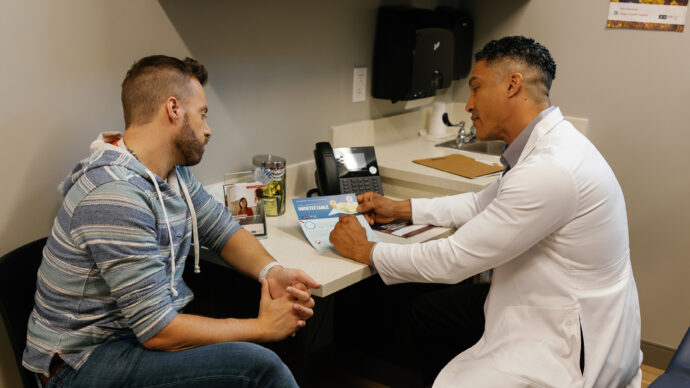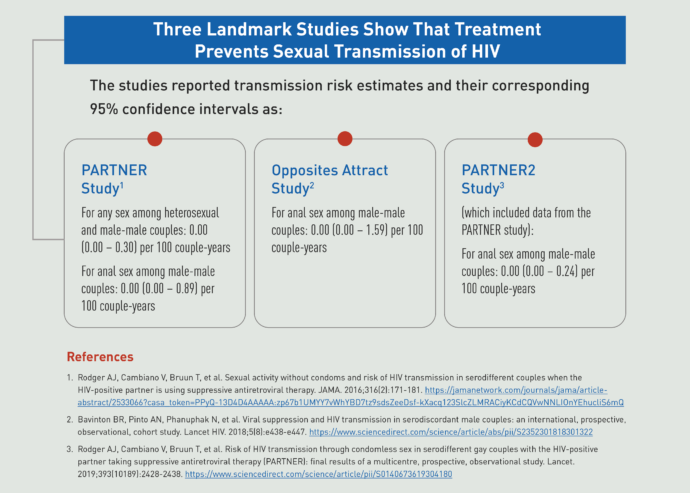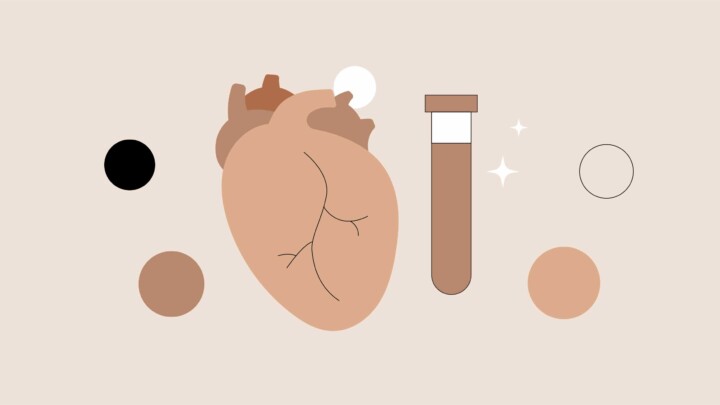
Did you know that people with HIV who take antiretroviral therapy (ART) as prescribed and achieve and maintain an undetectable viral load won’t transmit HIV to their sexual partners? Treatment as prevention (TasP) is the clinical term for reducing the viral load of an HIV patient in order to prevent transmission of HIV; your patients may refer to this as Undetectable = Untransmittable (U=U) when referring to sexual transmission of HIV.
Research shows the benefits of U=U
U=U is supported by research. Three landmark studies show that ART prevents sexual transmission of HIV. Across all three studies, no linked HIV transmissions were observed in couples involving a partner without HIV and a partner with HIV who was virally suppressed. In those studies, viral suppression was defined as having a plasma HIV RNA viral load less than either 200 or 400 copies/milliliter. More research is needed for other ways of transmission, like sharing syringes or breastfeeding.

Start the conversation
Talking to your patients with HIV about the benefits of viral suppression is one of the best things you can do for their overall health and to help stop HIV transmission. It may be helpful to share information with your patients about the research on U=U, and then ask them open-ended questions. Here are some helpful conversation starters you can use to start talking about U=U with your patients with HIV:
- “Studies have followed couples and found that not a single person who was HIV negative got HIV from a sexual partner with an undetectable viral load. What does this information mean to you?”
- “Did you know that people with HIV who have an undetectable viral load will not transmit HIV to their sexual partners? How do you feel about that?”
- “Your viral load is still undetectable, which is great! Can you tell me what you’re doing to prevent other sexually transmitted infections?”
Because a patient’s needs may change over time, engage each patient in brief conversations at every visit to discuss the prevention steps they are taking, whether U=U is right for them, and any barriers they may face to ART adherence or ongoing care. These conversations can help you become more familiar with each patient and can normalize discussions about factors that may affect your patients’ health, such as sex, substance use, and mental health disorders.
Help reduce HIV stigma
Historical HIV stigma continues to impact some clinicians’ beliefs and attitudes toward U=U. Studies have shown that sharing information about U=U with patients increases HIV testing, boosts ART adherence, improves viral suppression, and reduces HIV stigma, without increasing risk of sexually transmitted infection transmission or unintended pregnancy.4,5
Undetectable is prevention, and the path to undetectable starts with routine conversations between you and your patients. Visit the Center for Disease Control and Prevention’s HIV Nexus to explore free resources on starting the conversation about U=U and helping your patients with HIV achieve and maintain viral suppression.














